
ODESSA IV
This report presents the fourth ODESSA recording session, which involves a string ensemble performing selected musical excerpts under controlled acoustic conditions. The study aims to analyze the artistic and acoustic factors contributing to musical blending, incorporating room acoustic variations and ensemble performance attributes.

Evaluating Vocality in Orchestrated and Mixed Works
Evoking the human voice through instrumental music has been a perennial goal for composers, appearing in traditional and historical performance instructions such as cantabile and contemporary practices such as formant modeling (e.g., Jonathan Harvey, Speakings, 2008; Peter Ablinger, Deus Cantando, 2009). Performers also make extensive use of vocal metaphors in their discourse (Healy, 2018). But do general listeners perceive instrumental music in terms of vocal qualities or metaphors? Here we address this question by asking listeners to rate their perceptions of vocality in music intended to emulate it. Listeners provided real-time continuous slider data indicating how “voice-like” they perceived our repertoire excerpts to be. These excerpts included contemporary vocal mimesis techniques, traditional approaches to vocality, and control stimuli (i.e., music that is materially similar to the memetic excerpts but not explicitly intended to evoke the voice). This study provides perceptual validation for a phenomenon that has been important to musicians for centuries. Based on these findings, a new composition by Louis Goldford has been commissioned and is currently in development, incorporating the vocality features identified in our analysis. Although the composition has not yet been performed, it represents a future application of our methodology within a creative practice.

Composing with Multiphonics - ACTOR Quasar Research-Creation Project
This module documents an ACTOR research-creation project bringing together six composers with the musicians of the Quasar Saxophone Quartet for a yearlong series of meetings and workshops culminating in a concert on May 9, 2024, “Vacillations harmoniques en six tableaux / Harmonic vacillations in six pictures.” The project, organized by ACTOR members Andrés Gutiérrez Martínez and Robert Hasegawa, featured six McGill-affiliated composers (Andrés Gutiérrez Martínez, Chelsea Komschlies, Anita Pari, Lila Quillin, Jonas Regnier, Louis-Michel Tougas) with research assistance from saxophonists Tommy Davis and Kirby Leitz and the inexhaustible dedication and generosity of the members of the Quasar Saxophone Quartet: Marie-Chantal Leclair (soprano saxophone), Mathieu Leclair (alto saxophone), André Leroux (tenor saxophone), and Jean-Marc Bouchard (baritone saxophone).

Hearing Form in Phenomenological Music: An Analysis of Molly’s Song 3 – Shades of Crimson by Rebecca Saunders
The music of Rebecca Saunders (b. 1967) is all but absent from theoretical and musicological discourse with the notable exceptions of two recent publications: Dubiel’s (2017) analysis of Crimson and McMullan-Glossop’s (2017) application of color theory terminology to describe Saunders’ timbral and textural approach to composition. An active composer since the early 1990s and the 2019 recipient of the Von Siemens Prize, Saunders’ work is written in a distinct idiom, drawing equally upon “postwar German fastidiousness and expressionism and experimental, Cageian concentration…” (Service, 2012). Her music is marked by the exploration of noise, pitch, and silence, the use of extended instrumental techniques, and uncommon combinations of instruments. Traditional music theoretical analytic techniques are insufficient to fully describe the prominent features of Saunders’ music: timbre, texture, noise, and silence.


“I’m Not that Girl” by Cynthia Erivo from Wicked
Welcome to the land of Oz, a land of hope, joy, magic, and resentment. A land that is not yet discovered by Dorothy, but act as the building blocks before her arrival. This is Wicked. The movie Wicked is an adaptation of the original Broadway musical. It follows the story of how Elphaba, an “outcast” born with green skin and magical powers, becomes the Wicked Witch of the West. For my analysis, I will be using the movie adaptation of Wicked, along with the 2024 movie soundtrack recording of “I’m Not That Girl” by Cynthia Erivo, who plays Elphaba. In Cynthia Erivo’s recording of “I’m Not That Girl,” the emotional narrative is supported by Cynthia’s use of an expressive vocal timbre.

Speech as a Model for Orchestration
The general objective of this project was to conduct research on speech as a timbre model for orchestration. Drawing from computer analysis of speech, we aimed at exploring how two different languages and their acoustic properties could serve as compositional models. These models can be seen from two perspectives, the first one being the generation of musical material based on phonetic sound structures, and the second one the organization of this material according to rules analogous to those found in natural languages.
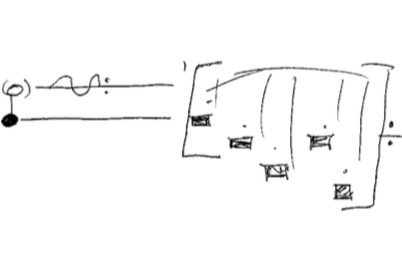
The Line: An etude of juxtaposed timbral approaches
By participating in the first session of the ACTOR Project’s Contemporary Orchestration Research Ensemble (CORE), I composed a short work for a heterogenous chamber quartet that included a violin, a bass clarinet, a vibraphone and a trombone. These instruments had been pre-selected by ACTOR researchers to observe and compare how their particularities would be exploited by various composers throughout several academic institutions. In my case, the chosen approach was to present specific timbral approaches or effects in successive sections or blocks, sometimes in a very literal manner, all of which were based on a short melodic phrase which was developed prior to the composing phase in a series of experimentation sessions with the performers. As the project evolved it became apparent that a strategy of juxtaposed stylistic references was being used to present very clear and contrasted elements. This approach ultimately determined the composition’s general structure. This text presents the process that led to this composition’s production, discusses its objectives and succinctly presents its different segments. It attempts to describe how timbral strategies can have a determinative effect on the construction of a work, particularly in the context of a research-creation project.

Petites pièces géométriques
Le projet "Petites pièces géométriques" – financé par ACTOR en 2021 dans le cadre des projets de recherche-création - représente une intersection innovante entre l'art sonore, la musique électronique et l'acoustique spatiale, développé à la Haute École de Musique de Genève sous la direction de Gilbert Nouno. Cette initiative de recherche et de création a exploré comment les espaces physiques peuvent devenir des éléments intégraux de la composition musicale grâce à l'utilisation d'une technologie expérimentale et spécialisée de projection ultrasonique.
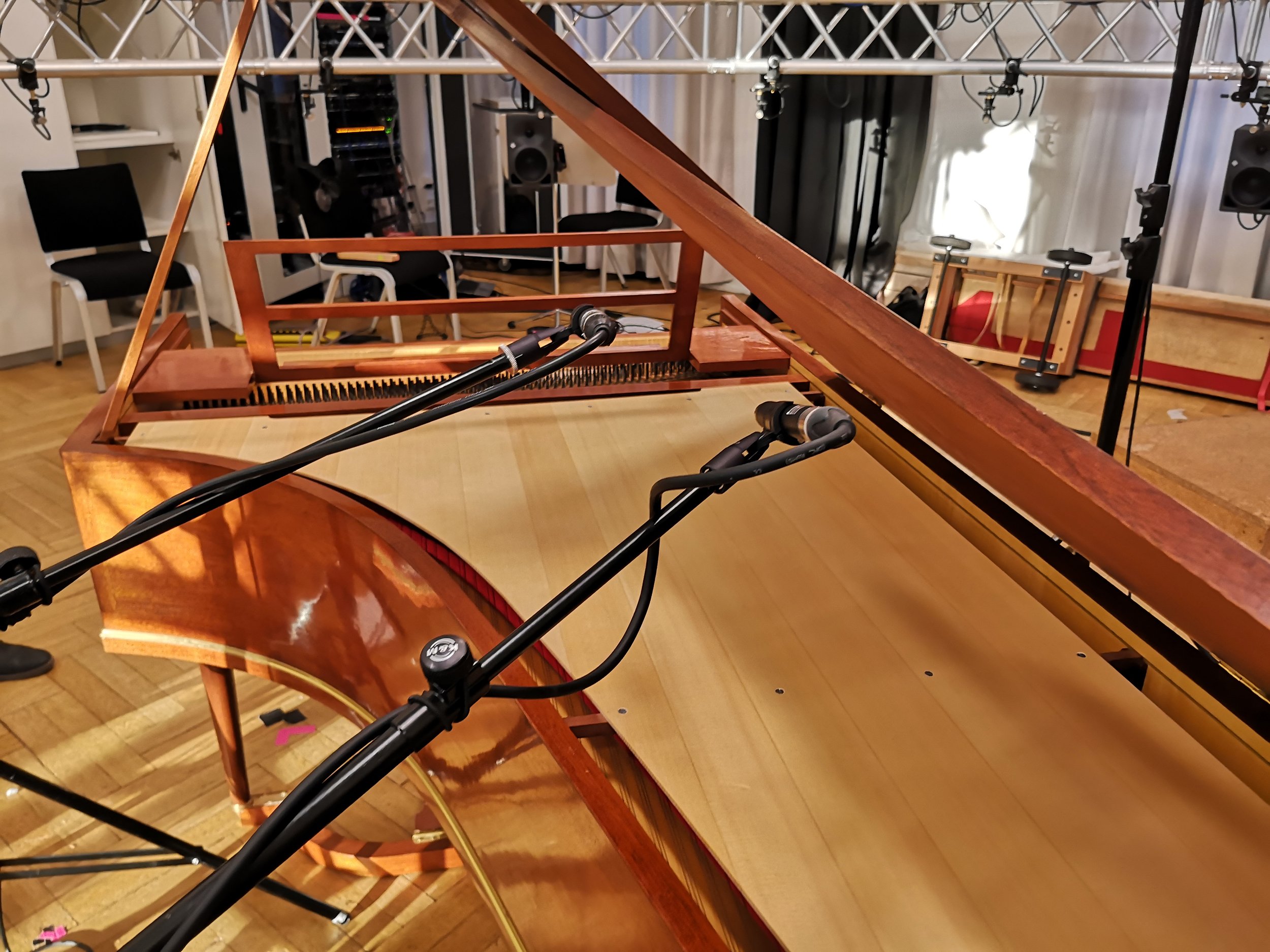
Recording and mixing a French sound: The case of Beethoven’s Erard Frères piano
In the crucial decades of the development of the piano at the start of the 19th century, essential musical questions centered on sonic and performative nuances embodied in the contrast between different school of piano building in Vienna and Paris. For this ACTOR funded research project realized at the end of May 2022 at the Hochschule für Musik Detmold, two replicas of historical keyboard instruments that Beethoven employed to compose some of his major piano works are being contrasted. Replicas of an 1803 French Erard Frères piano and a ca. 1800 Viennese Walter piano were alternately played by historical performer and researcher Tom Beghin. A multitrack immersive sound recording captured the most characteristic sounds of both instruments in the close and mid-range. Simultaneously acoustical recordings and measurements were realized to analyze the origin of the sound waves in different distances. Perceptual analysis of the microphone signals in comparison with the acoustical data collected as well as materials from a pilot project served to describe in detail the timbral characteristics. The evaluation of all the recorded audio takes as well as acoustical investigations of the timbre, directivity, and the effect of the second sound board of the Erard are ongoing. Educational audio materials have been developed.

Experimentation as a Central Element in Music Composition
The composition of sound is a complex process that requires the implementation of numerous strategies and circumstances to achieve a successful outcome. Each musical work is the result of countless preliminary stages, prerequisites, and chance occurrences. The complexity of creation cannot be easily reduced, and the development of specific concepts for the direct experimentation with sound is necessary to navigate through the vast array of creative approaches found in the contemporary instrumental and electroacoustic repertoire. The gestation of a musical work is a mysterious process that surpasses our understanding. Working directly with sound allows us to follow a portion of this process, whether it begins with an idea seeking a sound to materialize or with a "found" sound emerging from an unexpected accident.

TEK: Listening for Meter and Timbre in Chicago Footwork
The following essay and derived sonic system were produced by Victor Burton through a collaborative interinstitutional effort with Jeremy Tatar, supported by the Analysis, Creation, and Teaching of Orchestration (ACTOR) project in Montréal. An excerpt of the text, intertwined with the first sonic system, was presented remotely at the Y6 ACTOR Symposium held in summer of 2024 at the University of British Columbia in Vancouver, Canada. A subsequent lecture also paired with the presented system was performed live in Berlin at Cashmere Radio in July 2024.

The Music of Dialect
Human speech surrounds us with music almost constantly. Most of the time, we receive this speech in a functional way: we hear the words and focus on their meaning, our main interest being the exchange of information, not the aesthetics of the sound world. But all we have to do is make a choice, consciously change our listening mode, press a button in the brain and decide to listen to the music in speech, to suddenly find ourselves in a world of fascinating and beautiful melodies, rhythms and timbres. This is just a slightly more specific case of the lesson of John Cage and so many others, who encourage us to open our ears to the music that is there for us all the time, if only we allow ourselves to hear it.
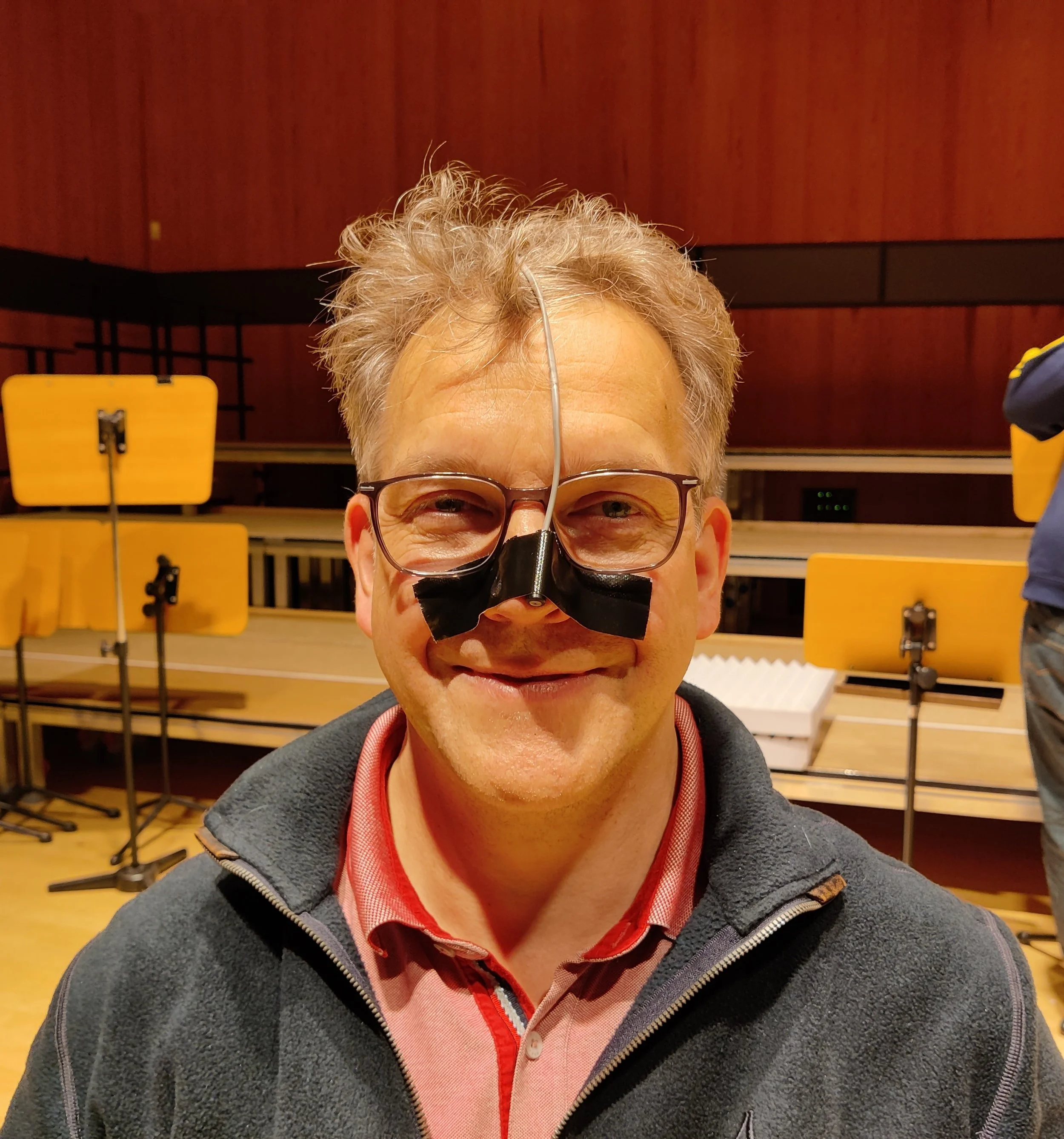
Close-Microphone Techniques for Capturing Individual Instruments in Ensemble Performances: an Acoustic and Perceptual Perspective
Accurately capturing individual sound sources when recording a multi-musician performance requires a crucial balance between obtaining “acoustically clean” signals from each instrument and preserving musicians' visual and auditory feedback from co-performers and the room acoustic environment. This balance is crucial for research on orchestral and ensemble sound, particularly in studies on musical blending between instruments in ecological conditions, as well as applications in virtual reality orchestra simulations and music recording techniques.

Virtual Acoustics in Joint Performance
The acoustic characteristics of a performance space significantly influences musicians' auditory experience, influencing the ability to interact and synchronize within an ensemble. Understanding how room acoustics affect musical performance is crucial for optimizing acoustic attributes of performance spaces, and supporting musicians in various performance settings. This study explores how changes in room acoustic conditions impact musicians’ awareness and perception of their surroundings, with a particular focus on ensemble performance. To achieve this, we employ virtual acoustics, a technique that allows precise manipulation of room acoustic properties through the process of auralization. By systematically adjusting acoustic characteristics of performance space, this pilot study aims to assess musicians' sensitivity to environmental changes, determine preferred acoustic conditions, and investigate the role of acoustic feedback in performance. Through this approach, it seeks to offer insights into the perceptual and cognitive effects of varying acoustic conditions on ensemble performance and musical blending.

An Investigation of Choral Blending through Soundfield Capture, Acoustic Evaluation, and Perceptual Analysis Methods
Accurately capturing individual sound sources when recording a multi-musician performance requires a crucial balance between obtaining “acoustically clean” signals from each instrument and preserving musicians' visual and auditory feedback from co-performers and the room acoustic environment. This balance is crucial for research on orchestral and ensemble sound, particularly in studies on musical blending between instruments in ecological conditions, as well as applications in virtual reality orchestra simulations and music recording techniques.

Orchestration as Form in Elisabeth Lutyens’s And Suddenly It’s Evening (1966)
A work of haunting beauty and mystery, And Suddenly It’s Evening (1966) is a cantata for tenor and orchestra by English modernist pioneer, Elisabeth Lutyens (1906-1983). The cantata is highly representative of Lutyens’ serialism of the mid 1960s, and is similar to other works of this period, especially The Valley of Hatsu-Se (1965), in terms of scope, the serial structure, lyricism and the approach to orchestration. The evocative poetry of the cantata was written by Sicilian modernist poet and Nobel prize laureate (1959), Salvatore Quasimodo (1901-1968), and translated into English by Jack Bevan in 1965.[i] Lutyens first wrote the work to the English translation, later adding the original Italian (as determined from examining the composer’s autograph).[ii] In this work, Lutyens sets four poems by Quasimodo, each in its own movement, with instrumental interludes on either side of each poem. The cited recording was conducted and sung by Herbert Handt (who premiered the work) with members of the BBC Symphony Orchestra in 1967. In this analysis, I examine how Lutyens creates and demarcates form through orchestrational groupings in her cantata, which alongside pitch serialism, is the main compositional determinant.

Real-time Timbral Analysis for Musical and Visual Augmentation
The Real-time Timbral Analysis for Musical and Visual Augmentation project explores the potential of real-time machine learning (ML) techniques to create dynamic visuals in the context of musical improvisation and composition. This artistic research aims to enable musicians to interact with visuals that respond directly to their performance, thereby guiding listeners' perception through visual representations of changes in timbre and spectrum. The project incorporates software tools such as sp.tools, FluCoMa, Max MSP, and TouchDesigner to achieve real-time instrumental augmentation for musicians, offering a unique way to visualize musical parameters.
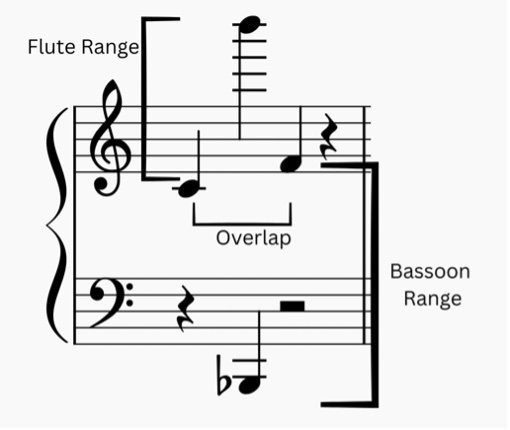
Timbre Semantic Associations Vary both Between and Within Instruments
In this study, the authors aimed to fill a crucial gap in timbre research regarding the variation and range in timbre within an instrument and its corresponding semantic associations. These variations depend on dynamics, pitch, articulation, duration, vibrato, technique, and other parameters.

Across the Skies - Wenchen Qin
The repertoire of Chinese composer Wenchen Qin is often characterized by immediate connections to the topics of nature and religious spirituality. For Qin, the religious connotation in his music often serves specifically as the medium connecting humans and nature. One only needs to look at the titles of his works to see the prevalence of these two topics: Pilgerfahrt im Mai (Pilgrimage in May) (2004), The Nature’s Dialogue (2010), The Border of Mountains (2012), The Cloud River (2017), The Light of the Deities (2018), Poetry of the Land (2020), among others. Qin’s proclivity for these topics can be traced back to his childhood in Inner Mongolia where he was born. The vast landscape of Inner Mongolia, with its endless grassland interspersed with surging mountain ranges, bears a palpable trait of ruggedness and broadness of space, of which one can often identify musical counterparts in Qin’s music almost viscerally.

Orchestration for the String Quartet Research-Creation Project Report
As an ensemble of four instruments from the same family, the quartet has an exceptional capacity for blending but can also sharply differentiate the timbres of its members when desired. As an uncoducted ensemble, the string quartet depends on close non-cerbal communication between its members, and quartet members are accustomed to making subtle variations in their playing to achieve timbral and orchestrational ends. The purpose of this project is to explore how composers can orchestrate for the string quartet, examining strategies for timbral blend, stratification, modulation, and contrast.

Timbrenauts: Creative Explorations in Timbre Space
“Timbrenauts” is a cross-institutional collaborative student research-creation project. We employed experimental designs from timbre perception research to generate data models that will inform the creation of new musical compositions for an atypical instrumental duo of cello and trombone, while leveraging extended techniques rarely explored in traditional musical repertoire. In this TOR module, we discuss our motivations, data collection process, similarity judgment experiment, and the resulting data we want musicians to use as a basis for their creative output.

Space as Timbre (SAT) Research-Creation Project Report
The primary objective of the Space As Timbre (SAT) project is to conduct meticulous experiments on orchestration solutions and playing techniques, to achieve timbral effects that closely approximate the perceptual characteristics of diverse acoustical spaces. To this end, SAT endeavors to illuminate the intricate interplay between the spectral content of a sound, its resynthesis through orchestration, and the resulting perception of the quality of the acoustical space where the sound seems to have been produced.

Ulezo: Mapping Acoustic Attributes to Timbre Descriptors in Zambian Luvale Drum Tuning
How do Luvale musicians tune their drums with heat and tuning paste? How does this tuning process change a drum’s timbre? How do practitioners describe these timbres? And what acoustic properties are encoded in these semantic, descriptive terms? In this collaborative and interdisciplinary module, we address these questions through the case study of a two-step tuning process among Luvale drummers in Zambia.
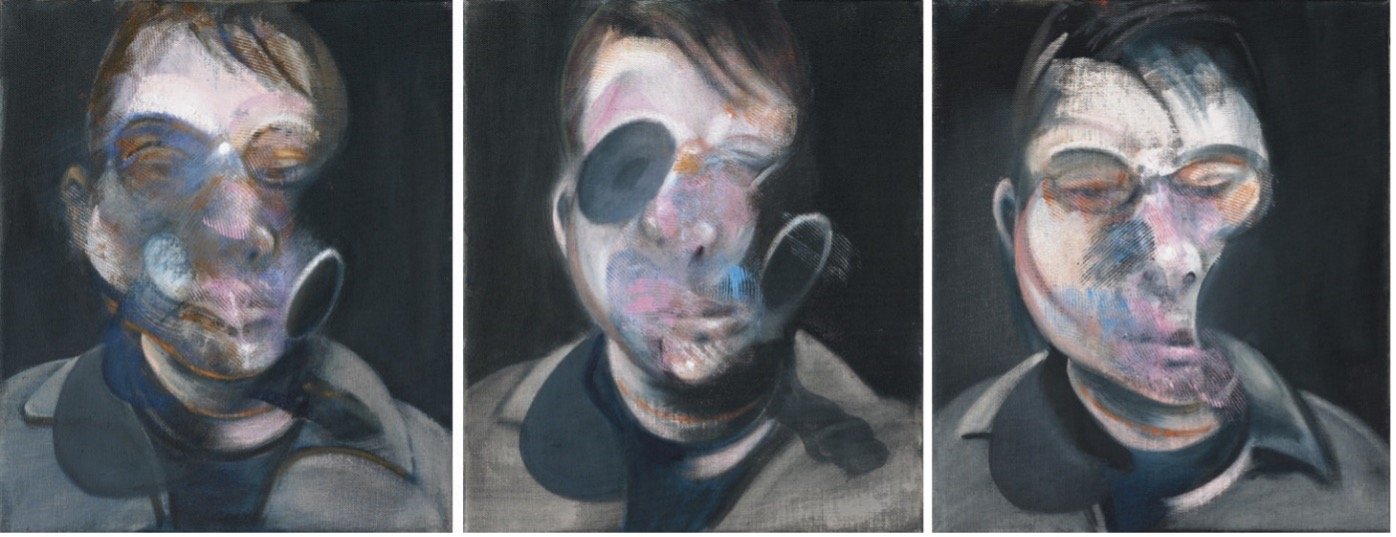
Professor Bad Trip: Lesson III — Fausto Romitelli
Professor Bad Trip: Lesson III (2000) is a piece for small ensemble composed by Fausto Romitelli, constituting the last part of his Professor Bad Trip triptych (1998–2000). As suggested by the title, Romitelli sought an aesthetic that evokes hallucination, plunging the listener into a state of illusion and bewilderment.

Orchestrational narrative in Gustav Holst’s The Planets
In this Dialogue, New discusss the unique instrumental combinations and timbres that Holst employs to evoke the distinct characteristics of each movement. She delves into the challenges of balancing the various sections of the orchestra, crafting effective phrasing, and interpreting the composer's intentions to create a cohesive and compelling performance.

On Shaping Sound and Expressivity
Tianyi Lu shares her approach to conducting and the role of timbre and orchestration in evoking emotions and immersing audiences in the musical experience, offering a unique perspective on the art of conducting.
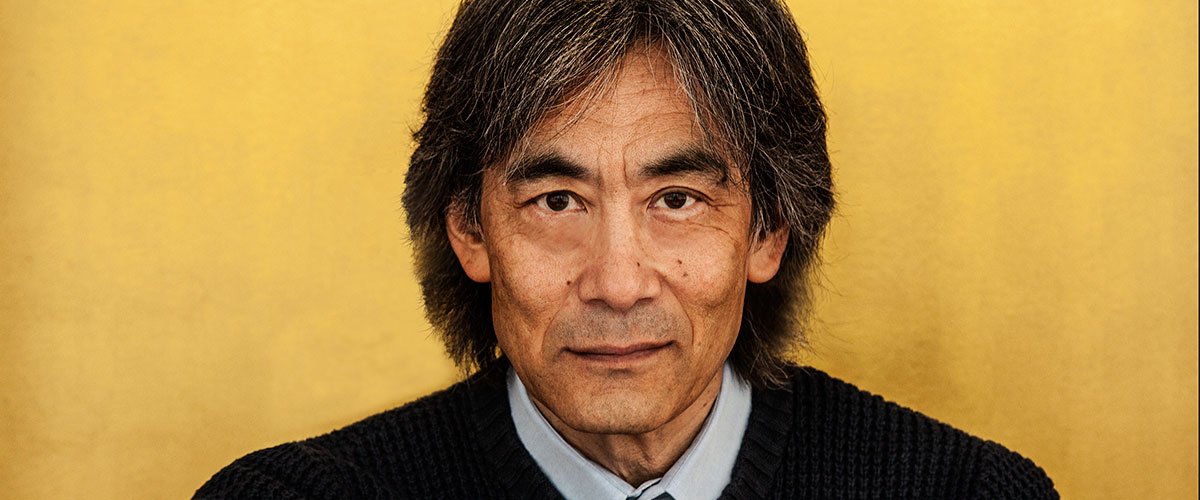
Timbre, Style, and Musical Expression
In this interview, Kent Nagano, then Artistic Director of the Orchestre symphonique de Montréal (OSM), shared his thoughts on the essential role of timbre in music, the power of imagination in interpreting scores, and the art of communicating musical ideas to the orchestra.

Psychological constraints on form-bearing dimensions in music
In raising the question of form-bearing dimensions in music, we are trying to understand the possibilities and limits of the apprehension of musical form in terms of the psychological mechanisms that operate on a received acoustic structure.

The Composite Timbre of Luigi Dallapiccola’s Vocal and Instrumental Works Since the Sex Carmina Alcei
In the aftermath of World War Two, Luigi Dallapiccola (1904-1975) was famous for a few major works that conveyed a humanist message, particularly the Canti di Prigionia (1938-1941) and the opera Il Prigioniero (1944-1948), which rank among his better-known works to this day. The composer’s personality should, however, not be reduced to this one aspect of his output. Likewise, we should not merely see him as a practitioner of twelve-tone techniques inherited from Schoenberg and Webern, a facet that has been extensively explored by theoreticians and historians of music.
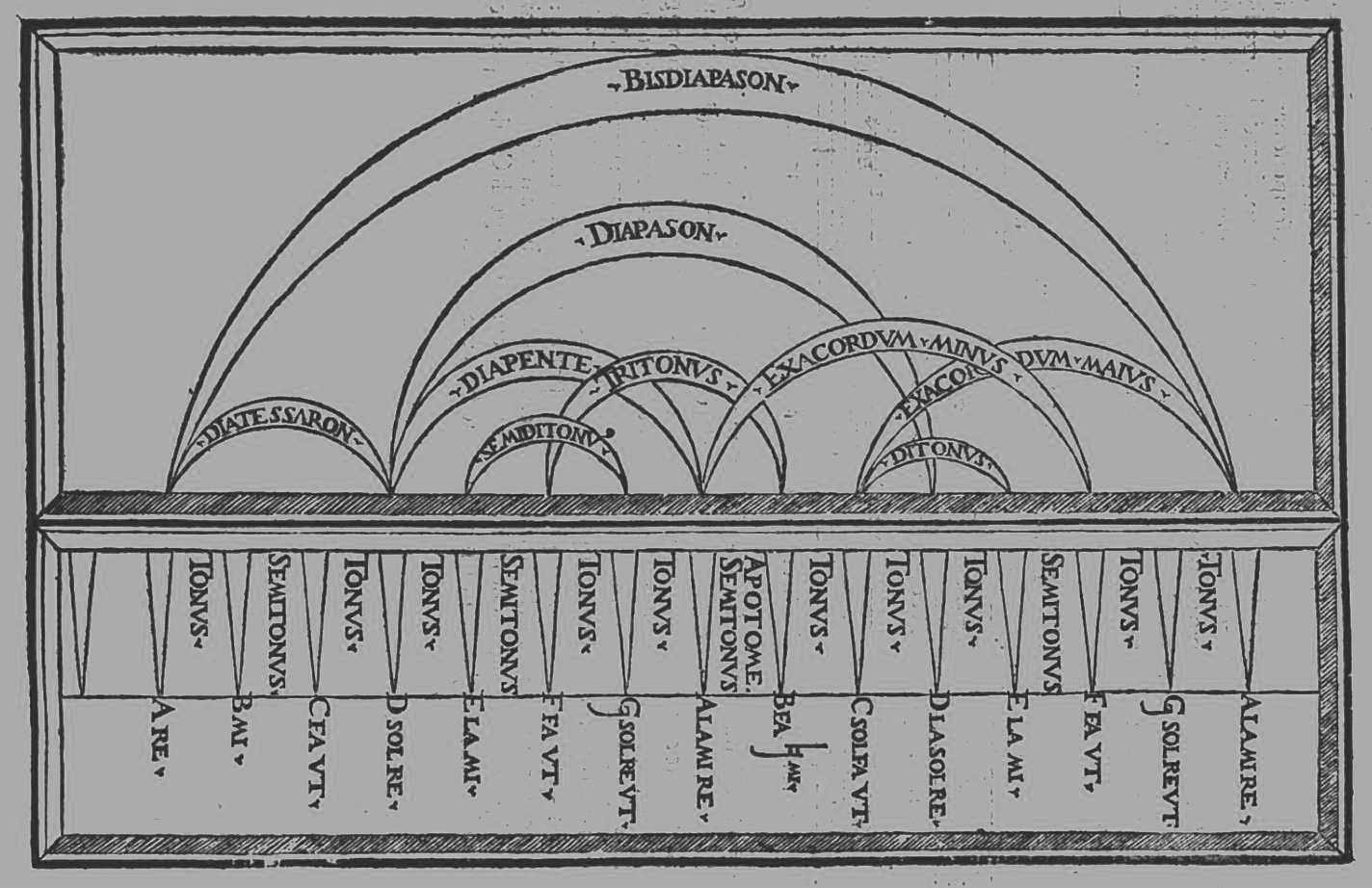
Orchestration of Sonorities in Renaissance Polyphony
We might think about how a single voice part within a composition expresses a mode (one of the prevailing systems governing the organization of pitch in this period), or how multiple voice parts move against one another (counterpoint, from the Latin contrapunctus—literally means note-against-note), creating successions of intervals. This essay focuses on the amazing moments ensconced in those intervals: the way they are arranged, the spaces between them, and ultimately, the sonorities they create.
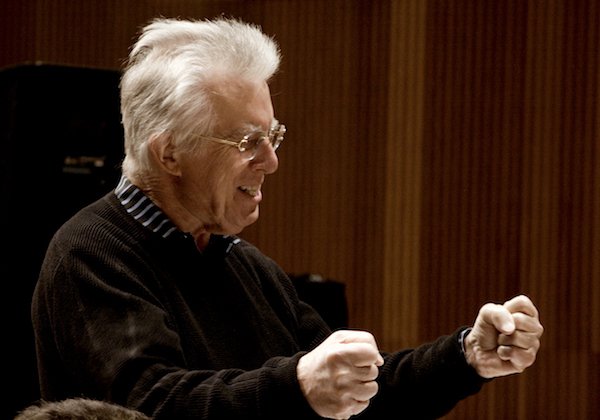
Exploring the Alchemy of Orchestration: A Conversation
Roger Reynolds is Distinguished University Professor Emeritus of music composition at the University of California, San Diego. In 1989, he won the Pulitzer Prize for Music for the string orchestra composition, Whispers Out of Time. His more than 150 compositions have been exclusively published by Edition Peters New York for over five decades.

Colour and Folklore in Tailleferre’s Petite Suite
Nicolas Ellis is Music Director of the Orchestre National de Bretagne, Principal Guest Conductor of Les Violons du Roy, as well as Artistic Director and Conductor of the Orchestre de l’Agora, which he founded in Montreal in 2013. Known for his versatility in a vast repertoire, Nicolas has distinguished himself with the Orchestre de l’Agora by the conception of concerts with a dramaturgical approach.

The History and Future of the Tuba Family: Material-, Resonance-, and Performance-Based Perspectives
This paper proposes an examination of the intersections of materiality, acoustics, and musical performance practice through the prism of instruments of the tuba family. Investigation into the symbiotic relationship between instrumental evolution and performance practice is a crucial facet of any study of timbre and orchestration.

A Quick Start Guide for Combining Electronic and Instrumental Orchestration
This module offers a streamlined resource for emerging composers seeking to introduce live electronics into their instrumental orchestration practice. Accessible and user-friendly software and hardware platforms offer a pathway for emerging or (technologically curious expert) composers to experiment with electronics in a low risk, low-cost context.

Online Guide to Room Acoustics for Musicians
This project spurred the development of an internet-based guide for musicians that describes, in layperson terms, the fundamentals of acoustic features of musical instruments, stages, and performance/rehearsal rooms using visual and auditory examples. The guide also aims to explain what and how parameters can be assessed along with the audio recordings to document a musical performance.

Dance and Timbral Exploration (DaTE)
The DaTE project investigated the use of dance tracking to control electroacoustic processing of acoustic timbres. To this end, the project involved a composer/ programmer, a dancer, a flautist, and a cellist, and used the UBC-developed Kinect Controlled Artistic Sensing System (KiCASS) to track the dancer and generate movement/position data. T

The Timbre in Popular Song (TiPS) Corpus
This project analyzes the understudied parameters of timbre and texture and their interactions with musical form in a new popular-music corpus, Timbre in Popular Song (TiPS). This study addresses two problems in popular-music scholarship: lack of research on timbre and texture, and underrepresentation of non-male and non-white artists in both popular music and its scholarship.


Klangfarbenmelodie
A compositional technique where a musical line or melody is split between several instruments, rather than being played by a single instrument. Each instrument plays a note or a short succession of notes, creating a continuous melody with a constantly changing timbre or "tone colour.”
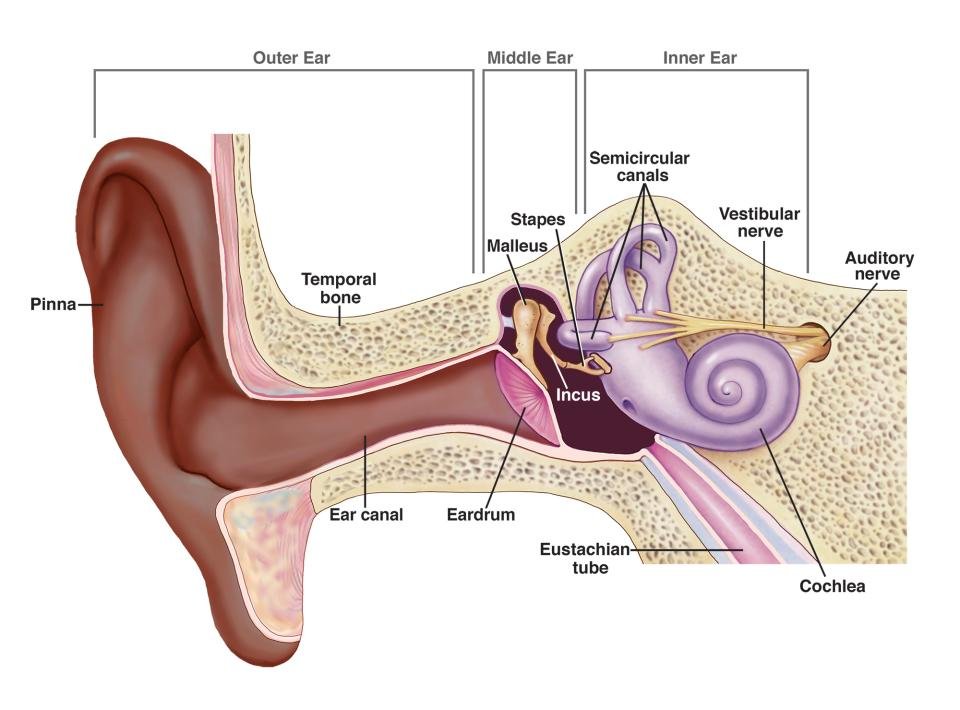
Masking
Suppose you enter a restaurant with a friend, mid-conversation. As you enter, you are greeted by the background noise of other patrons’ conversations. You and your friend begin to speak louder so you can hear one another. You’ve just experienced masking, a very familiar yet fascinating phenomenon that many of us encounter every day without even noticing.

Spectral Envelope
In the process of analyzing the spectrum of a sound, it is sometimes useful to describe its spectral properties in terms of energy distribution rather than individually mapping all its components. In so doing, we invoke the concept of spectral envelope, a curve that can be obtained by successively connecting the peaks of the partials shown in the frequency representation of the sound (i.e., with frequency on the x-axis and energy or amplitude on the y-axis). Spectral envelopes are important factors in timbre perception. They reflect the acoustic properties of an object that produces sound in terms of the energy distribution across the frequency spectrum.

Spectrogram
Just as a frequency spectrum makes it possible to analyze the partials and noise components that make up a sound, a spectrogram can be used to visualize the evolution of these components of a sound over time. The first modern device able to produce such a representation of sound was the “sound spectrograph,” developed at Bell Telephone Laboratories in the 1940s [1]. A spectrogram has a very intuitive way of displaying its parameters. Just as in a musical score, time is represented on the x-axis, frequency on the y-axis, and energy/amplitude is determined by the intensity/hue of the colors.
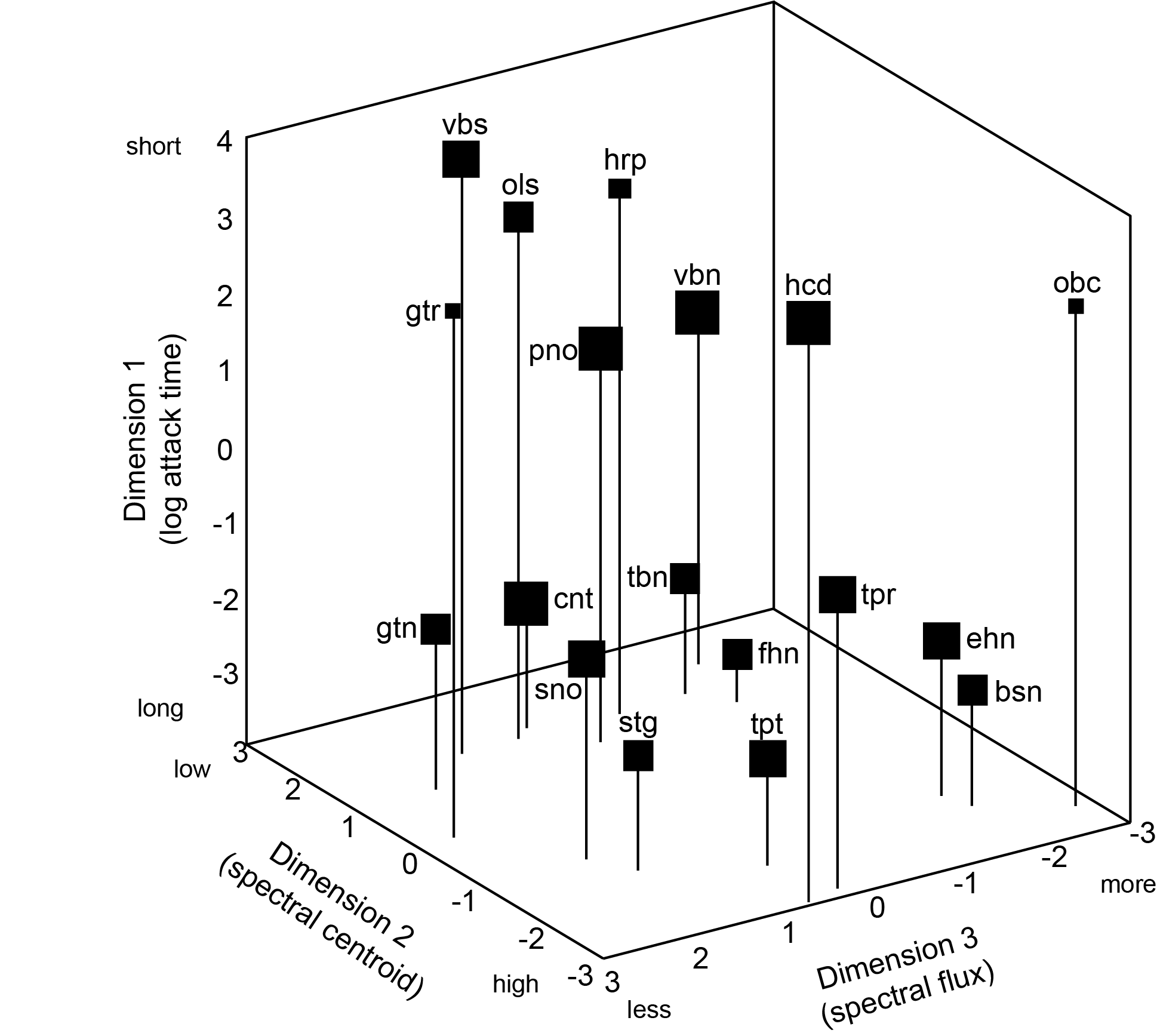
Timbre Space
A sound’s timbre can be represented by a point inside a conceptual timbre space, a space where the axes are usually defined by the principal attributes (e.g., spectral centroid, attack time) that one would implicitly use to perceive or conceive any timbre in a given context. Timbre spaces are obtained using a statistical method called multidimensional scaling analysis (MDS), which generates a simplified multidimensional map from a series of perceptual distances between pairs of timbres (as measured in perceptual experiments). The experimenter then deduces the attributes (acoustic descriptors) that best describe the axes obtained. Timbre spaces provide us with complementary information to the neuro-cognitive mechanisms of timbre perception, and can also be a very useful compositional tool.

Path of Miracles - A Multitrack Recording in 3D Audio
In late August of 2022, the rich sonority of the historical Chapelle du Grand Séminaire de Montréal presented the acoustical canvas for a multifaceted choral recording and research project. Under the baton of Andrew Gray, Montreal choir Voces Boreales performed Joby Talbot’s Path of Miracles for mixed chorus (2005) and percussion, a musical pilgrimage for 17 voices, inspired by the millennial Camino de Santiago de Compostela.

Icicle — Robert Aitken
Icicle (1977) for solo flute, by Canadian composer, conductor, and flautist Robert Aitken, captures a quintessentially winter soundscape with its highly variable timbral palette. Audible right from the beginning of Nina Assimakopoulos’s 2021 recording, Icicle is saturated with timbres that evoke such cold, wintry imagery as glistening icicles and blowing snow. The wintry timbres in Icicle are created by various extended playing techniques.

Tension and the Cello — Kaija Saariaho’s Petals
Kaija Saariaho’s Petals (1988) transforms the cello into a diverse musical instrument capable of creating countless varying sounds. Her organization of sounds produces two distinct timbral profiles that alter throughout the work, governing its two-part structure. Different music variables, including temporal perception, sound characteristics, spectral density, and attack, are employed by each profile to construct several binaries that either produce a state of tension or relaxation. The superimposition of profiles towards the end of Petals begets the work’s climax by maximizing tension. Saariaho therefore develops a narrative that explores opposing approaches to the creation and dissolution of tension through timbre.
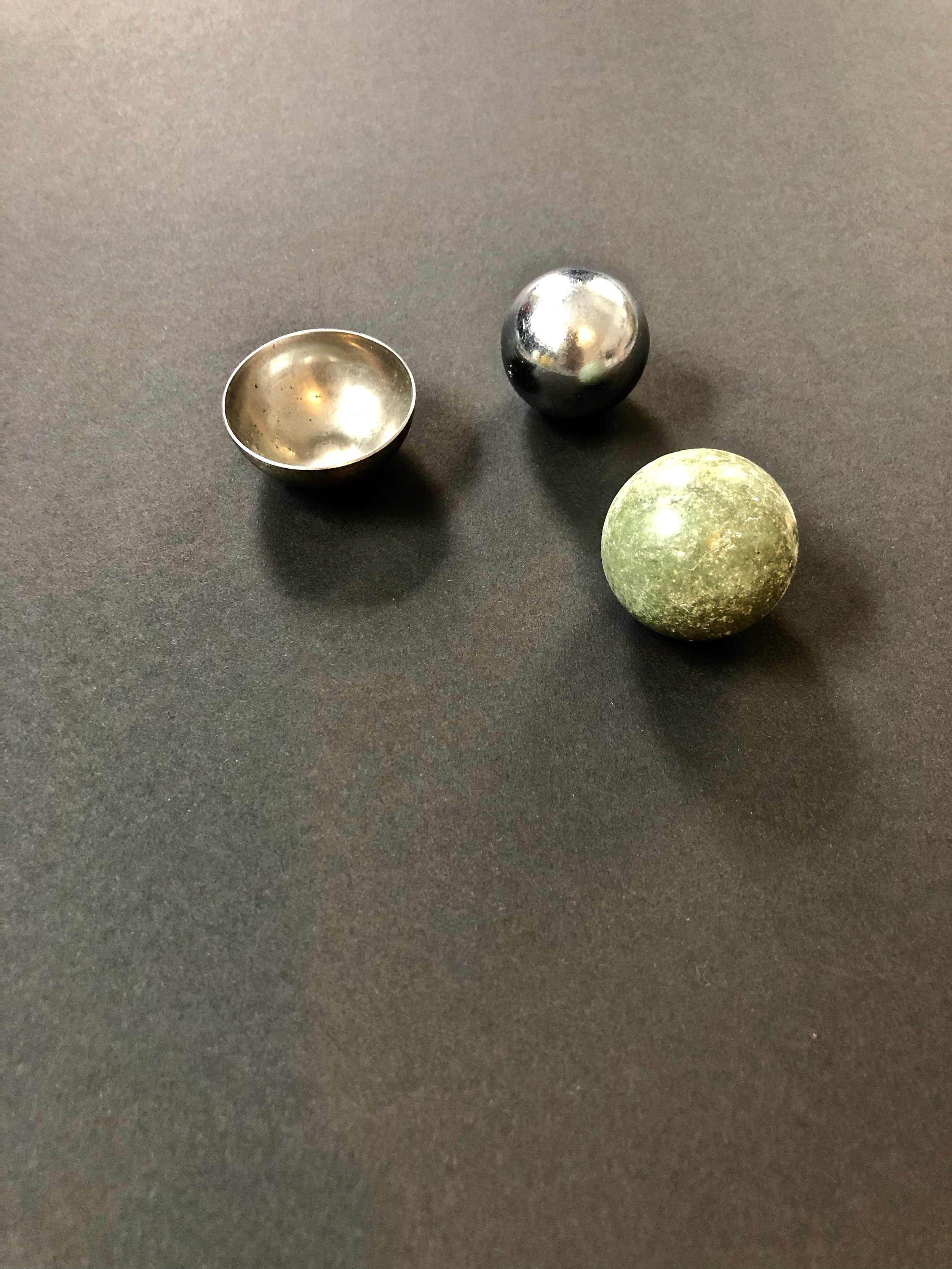
Orchestrating Timbre
This doctoral thesis presents how the orchestration of timbre is in- vestigated from a performer’s perspective as means to “unfold” im- provisational processes. It is grounded in my practice as a pianist in the realm of improvised music, in which I often use preparations and objects as extensions of the instrument.

Death, Sex, and the Semitone in Monteverdi’s “Pur ti miro, pur ti godo”
In this edition of Amazing Moments in Timbre, I will explore the timbral representation of sex (and maybe death) in “Pur ti miro, pur ti godo,” the final love duet between Poppea and Nerone in Monteverdi’s opera (on a libretto by Busenello), L’incoronazzione di Poppea. Martha C. Nussbaum, in Upheavals in Thought (2012), describes the duet as “an extraordinary depiction of lovemaking,” presumably in part because of the tension and release created by the numerous harmonic clashes and resolutions in the piece. Meanwhile, music librarian and blogger Pessimisissimo interprets the dissonance as follows:
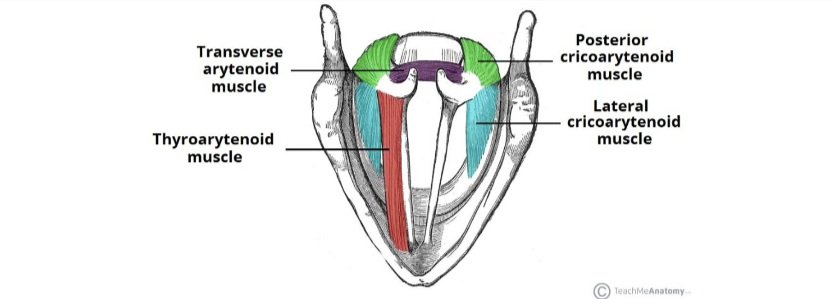
Passaggio and Register in the Singing Voice
Passaggio, an Italian word translating to passage or transition, is the bane of many a classical singer and the secret weapon of folk-inspired vocalists like Dolores O’Riordan, Jewel, and Sarah McLachlan. In English we often refer to this as “the break.” One of the main goals of classical vocal technique is smoothing out register breaks. This requires finesse, patience, and perseverance. It is a process that cannot be rushed because singing in the passaggio for extended periods of time can mentally and physically tax even experienced singers, causing serious vocal fatigue.

A Taxonomy of Orchestral Grouping Effects Derived from Principles of Auditory Perception
An analysis of orchestration treatises and musical scores reveals an implicit understanding of auditory grouping principles by which many orchestration techniques give rise to predictable perceptual effects. We present a novel theory formalized in a taxonomy of devices related to auditory grouping principles that appear frequently in Western orchestration practices from a range of historical epochs.
